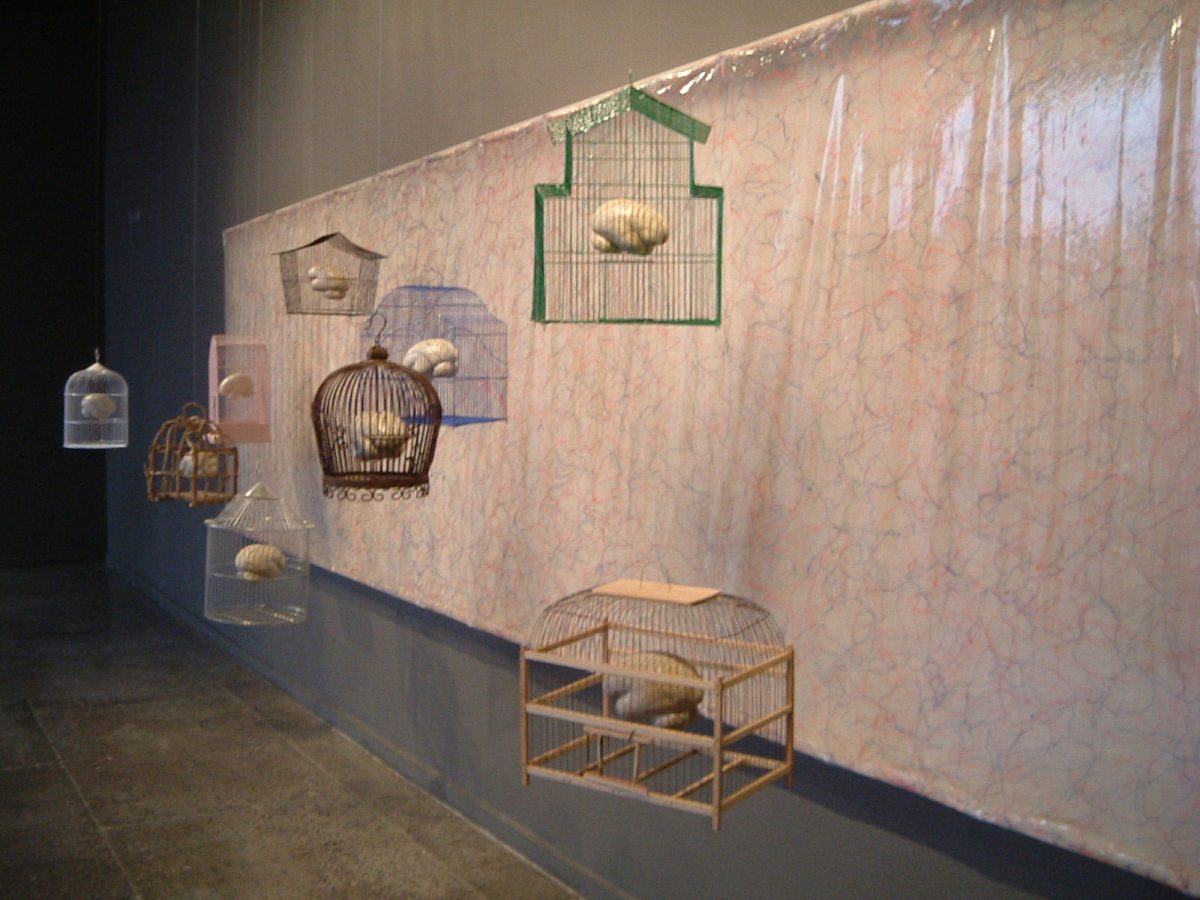Plum pudding (also called Christmas pudding or figgy pudding) is, supposedly, a festive English dish that people often set on fire. It bears a striking resemblance to the mud pies of my childhood, and like those earthy concoctions, it also lacks plums. This is, at first glance, the second most baffling thing about plum pudding (the most baffling being that people choose to eat it). Nevertheless, I have taken it upon myself to delve into the sordid origins of this strange and British dish.
Our story begins, like many disturbing ones, in medieval England. It is here that we find the earliest records of plum pottage, an ancestor of the plum pudding. Plum pottage was remarkably similar to early sausages, and was a savory thing filled with meats and vegetables. It was only near the end of the 16th century that the pudding began to trend more towards sweet with the incorporation of newly-plentiful dried fruits.
As it turns out, “plum” used to be a general term for any dried fruit, and then they decided to call a specific fruit “plum” later on. Which is stupid, and also very on-brand for the English. These are the same people who came up with “the Sahara Desert”. We can’t expect much.
The next great plum pudding innovation came in the form of the pudding cloth, which is a cloth that pudding is preserved in. Now they didn’t have to store it in animal stomachs! Score!
Additionally, it’s at around this point that plum pudding began solidifying itself as a fixture of the English Christmas, so much so that when Puritans came into power during the mid 1600s, they banned it along with all the other fun parts of Christmas. This is because Puritans hate fun. (And because they hate non-Christian cultures and religions, which many classic Christmas traditions have roots in.)
When the Puritans were disposed of in 1660, plum pudding made its return to the English table. I’m sure everyone was very happy about this.
The next big plum pudding development comes with the Victorian era, when it got swept up with a collection of other Christmas traditions and presented as part of the sanitized English Christmas ideal. From there, homogenization was inevitable, and by the 19th century the ingredient list was largely the same across recipes. Gone were the days of meaty puddings, replaced by something sweeter and with more alcohol involved.
Today, the plum pudding is still terribly present and remains a fixture of British Christmas. While the pudding cloth is now often exchanged for easy-to-use molds, and sometimes people put in actual plums, the dish has largely remained the same for centuries.
I’m not really sure why. I think it could benefit from someone changing things up. Then again, maybe people are scared of what the pudding will do to them if they try to alter it too much. I know I would be. Plum pudding looks like it could beat me up if it wanted to.





















































